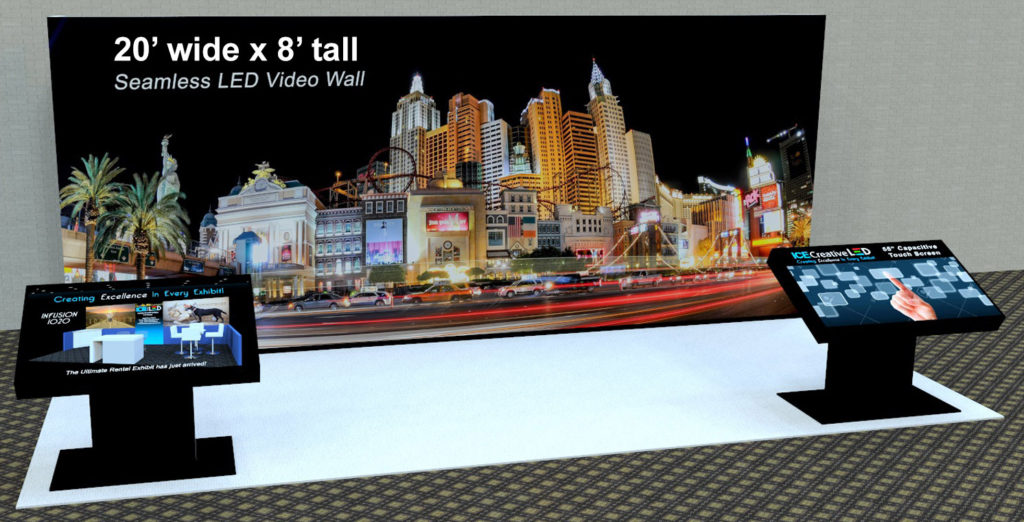Explaining Luminescent Panel Surface Luminance Evaluations for Ideal Display Effectiveness
Explaining Luminescent Panel Surface Luminance Evaluations for Ideal Display Effectiveness
Blog Article
LED wall panels are increasingly favored in various settings, from homes to businesses and public spaces. These panels are known for their bright and vibrant displays, which make these suitable to communicating data, advertisements, and entertainment. However, understanding the brightness levels of LED wall panels is crucial to ensuring optimal display performance. Brightness is measured using units called nits, which indicate the amount of light is emitted from the panel. The greater the quantity in candelas, the brighter more luminous a visual is. For instance, instance, a panel with 1,000 nits is significantly brighter compared to a featuring 500 nits, making this one better equipped in well-lit settings.
As you choosing an LED wall panel, it becomes important to consider the environment in which it will be used. In brightly illumined spaces, like retail environments and open-air locations, higher higher brightness level is essential to guaranteeing clarity. On the other hand, within dimmer settings, like cinemas and meeting spaces, lower diminished illumination rate might be adequate. This is because excessive bright unnecessary luminosity within a dim setting may result in viewer discomfort among the audience, causing them more difficult for focus on the display. Therefore, understanding the specific needs for an setup site will aid with selecting a suitable illumination rate to ensure ideal visual experience.
Another crucial element for consider is the contrast ratio of the Light Emitting Diode wall panel. This contrast measurement indicates the difference between the brightest light and the dark black which a screen can produce. An higher contrast weblink ratio means that it is capable of present more detail and richness, thereby enhances general visual quality. For instance, one screen boasting a differential proportion of 10,000:1 is able to display images featuring more brilliant hues as well as sharper details compared to one featuring a proportion at one thousand to one. This is particularly important you could try this out when displaying visuals and motion graphics that demand greater clarity as well as fine details, such as presentations or promotional content.
Additionally, the technology mechanism behind Light Emitting Diode wall screens plays a essential part for their brightness and total efficiency. Various types in Light Emitting Diode methods, such as OLED and LCD, possess distinct characteristics that impact the way brightness is perceived. Organic Light Emitting Diode panels often offer superior contrast as well as darker blacks, which can improve the viewing experience within dim settings. On the other hand, standard Light Emitting Diode screens may prove to be better for well-lit spaces due to their ability for generate higher amounts of brightness. Understanding these tech-related variances can help users to making knowledgeable decisions based on their specific needs.
In conclusion, consistent maintenance and adjustment for LED panel screens may help maintain ideal brightness as well as performance long-term. Dust as well as particles can accumulate in the screen, affecting the illumination and sharpness in a visual. Regular cleaning and professional adjustment can ensure the the screen functions in its best, providing uniform visual clarity. Additionally, some sophisticated LED panel screens come built-in built-in features that enable users for modify illumination settings as well as hue adjustments according to their wants. Through implementing such steps, users can ensure that their LED wall panels deliver the best display performance, regardless of where setting where that they are used.